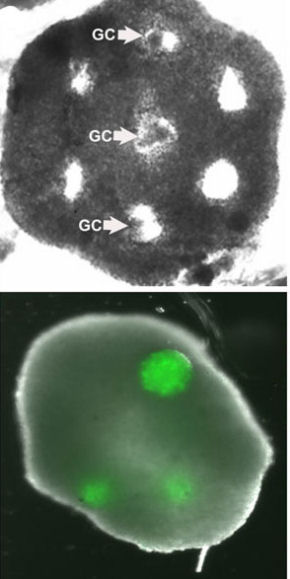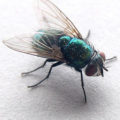
Researchers at Brown University and Women & Infants Hospital have created the first artificial human ovary and used the lab-grown organ to mature human eggs. “An ovary is composed of three main cell types, and this is the first time that anyone has created a 3-D tissue structure with triple cell line,” said Brown researcher Sandra Carson.
Describing her team’s work in the Journal of Assisted Reproduction and Genetics, Carson explained that the ovary not only provides a living laboratory for investigating fundamental questions about how healthy ovaries work, but could play a role in preserving the fertility of women facing cancer treatment in the future.
What makes the artificial ovary a functional tissue, rather than just a cell culture, is that it brings all three ovarian cell types into a 3-D arrangement similar to a real ovary in the body. The means for making such compositions of cells was invented in the lab of Brown scientist Jeffrey Morgan. His so-called 3D Petri dishes are made of a moldable agarose gel that provides a nurturing template to encourage cells to assemble into specific shapes.
To create the ovary, the researchers formed honeycombs of theca cells, one of two key types in the ovary, donated by reproductive-age (25-46) patients at the hospital. After the theca cells grew into the honeycomb shape, spherical clumps of donated granulosa cells were inserted into the holes of the honeycomb together with human egg cells, known as oocytes. In a couple days the theca cells enveloped the granulosa and eggs, mimicking a real ovary.
Carson said her goal was never to invent an artificial organ, per se, but merely to create a research environment in which she could study how theca and granulosa cells and oocytes interact. When she learned of Morgan’s 3-D Petri dishes, they began to collaborate on creating an organ. Morgan said this is the first fully functional tissue to be made using the method.
With what appears to be a fully functional artificial organ, Carson and Morgan continue to collaborate and are now embarking on the studies she dreamed it would make possible. “This is really very, very new,” Carson said.
Related:
Synthetic antibodies successfully tested in mice
Geometry influences stem cell differentiation
More evidence for obesity-infertility link








Comments are closed.